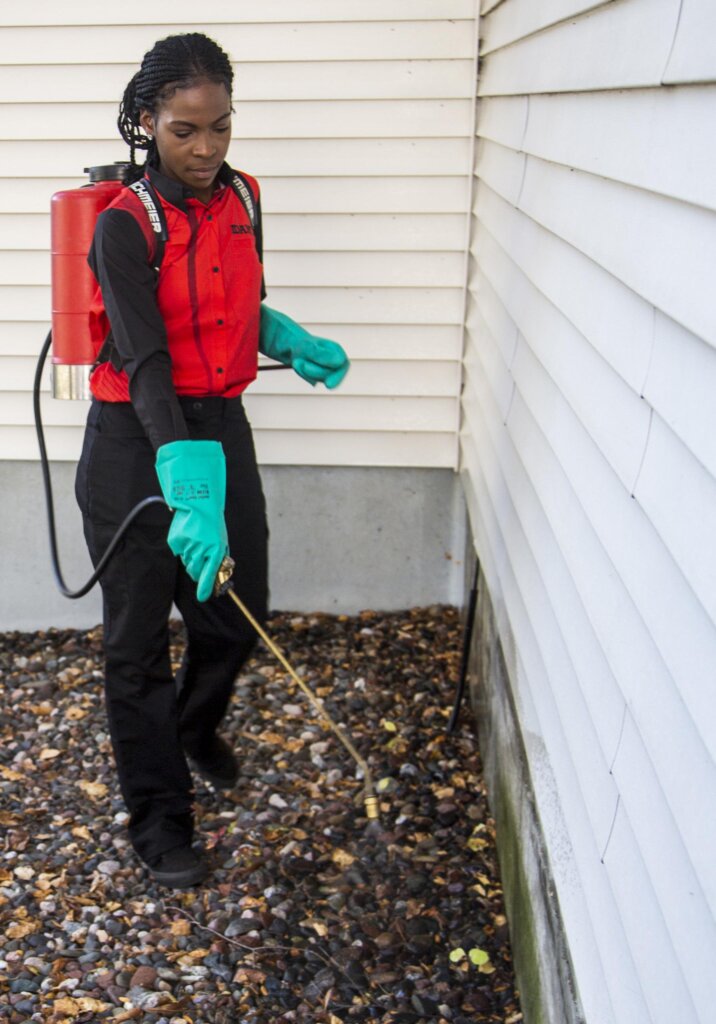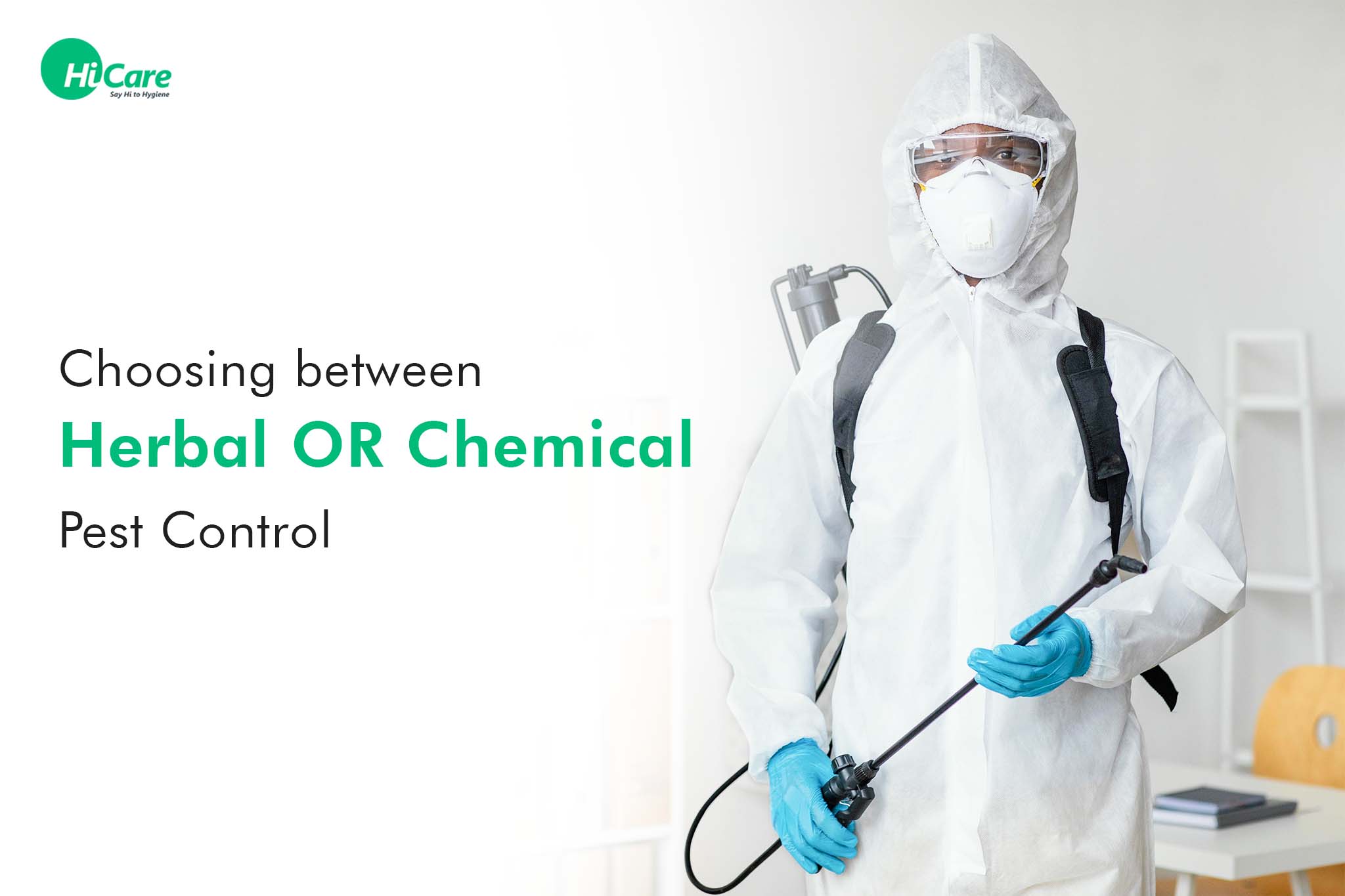Bed Pest Treatment Break Down: Contrasting Chemical Vs. Non-Chemical Solutions
In the world of insect control, particularly when managing the relentless concern of bed insects, the selection between chemical and non-chemical therapy solutions can be a pivotal one. Both strategies supply unique advantages and drawbacks, affecting factors such as efficiency, safety factors to consider, and overall price. By taking a look at the nuanced information of each technique, a more clear understanding of which path to go after in addressing a bed insect problem can be acquired.
Efficiency of Chemical Therapies
Chemical treatments for bed pest infestations have been commonly identified for their potent and rapid efficiency in eliminating these bugs. When thinking about the effectiveness of chemical therapies, it is essential to comprehend that they can give a complete and fast solution to a bed bug issue. Expert exterminators commonly depend on insecticides to target bed bugs at different phases of their life cycle, including adults, eggs, and nymphs. These chemicals typically work by interrupting the bed insects' nerves, leading to paralysis and eventual death.
Additionally, chemical therapies have the benefit of using recurring impacts, indicating that they can continue to eliminate bed pests even after the initial application. This residual action is particularly beneficial in combating any potential re-infestations. In addition, the fast action of chemical treatments can bring relief to people encountering serious bed bug invasions, permitting them to restore control of their home promptly.
Security Worry About Chemical Solutions
One crucial facet that calls for mindful consideration when making use of chemical options for bed pest treatment is making certain the safety and security of passengers and the atmosphere. Exposure to certain chemicals utilized in bed insect treatments can lead to respiratory concerns, skin irritability, or various other negative reactions, especially in people with pre-existing problems or sensitivities.
Additionally, the ecological effect of chemical solutions is an additional considerable consideration. Some chemicals utilized in bed bug treatments may be dangerous to beneficial pests, wild animals, and communities if they seep right into the soil or water systems. It is vital to utilize chemical treatments judiciously, adhering to security guidelines, and taking into consideration less toxic choices to alleviate these threats and ensure the secure and effective management of bed insect problems.
Benefits of Non-Chemical Strategies
Taking into consideration the potential safety and security concerns and ecological impact related to chemical options for bed bug treatment, discovering non-chemical methods offers an appealing choice with a number of distinctive benefits. Non-chemical techniques supply a much safer alternative for households, particularly those with individuals, kids, or pet dogs conscious extreme chemicals. These strategies get rid of the risks of exposure to harmful substances, minimizing the possibility for adverse health and wellness impacts. Furthermore, non-chemical treatments are eco pleasant, as they do not add to air or water pollution, making them a sustainable selection for pest control.
In addition, non-chemical remedies can be effective in targeting bed insects, consisting of hard-to-reach areas where chemical treatments may not penetrate. Approaches such as warm treatment, vacuuming, vapor cleansing, and mattress encasements give thorough eradication without using damaging chemicals. Moreover, non-chemical methods can be less disruptive, calling for marginal preparation and enabling quicker reentry into treated locations. Overall, going with non-chemical bed insect treatment methods not just prioritizes safety and environmental management yet likewise makes sure detailed and efficient insect control.
Limitations of Non-Chemical Treatments

Additionally, non-chemical therapies typically require numerous applications to achieve effective eradication. This can be lengthy and may not constantly ensure complete elimination of all bed bugs and their eggs, particularly in hard-to-reach or concealed places.
Furthermore, the success of non-chemical therapies heavily depends on appropriate execution and thoroughness, which can be challenging for people without professional competence. Inadequate application of non-chemical techniques may cause insufficient eradication, bring about persistent invasions and the need for added treatments.
Consequently, while non-chemical treatments have their advantages, it is necessary to acknowledge these constraints and consider them when identifying one of the most effective technique for taking care of bed insect problems.
Price Contrast: Chemical Vs. Non-Chemical Options
Given the constraints associated with non-chemical therapies, an important aspect to review in the context of bed insect administration is the price contrast between chemical and non-chemical options. In comparison, non-chemical treatments like heat treatment or steam can be extra costly, with costs varying from $1,000 to $6,000 for a whole home. While the first expense of chemical treatments might appear lower, numerous treatments might be called for to completely eliminate the problem, possibly enhancing the overall price.
Final Thought

Taking into consideration the possible safety and security issues and environmental impact associated with chemical options for bed pest treatment, discovering non-chemical strategies offers an encouraging alternative with numerous distinct advantages.Given the constraints associated with non-chemical therapies, a necessary aspect to review in the context of bed bug monitoring is the cost comparison in between chemical and non-chemical options. In comparison, non-chemical therapies like warmth treatment or heavy steam can be a lot more costly, with costs ranging from $1,000 to $6,000 for a whole home. While the first expense of chemical therapies may seem reduced, multiple therapies may be needed to totally get rid of the problem, potentially boosting the total cost.In final thought, when contrasting chemical and non-chemical A1 bed bug treatment in charlotte bed bug treatment alternatives, it is vital to think about performance, safety, benefits, restrictions, and price.